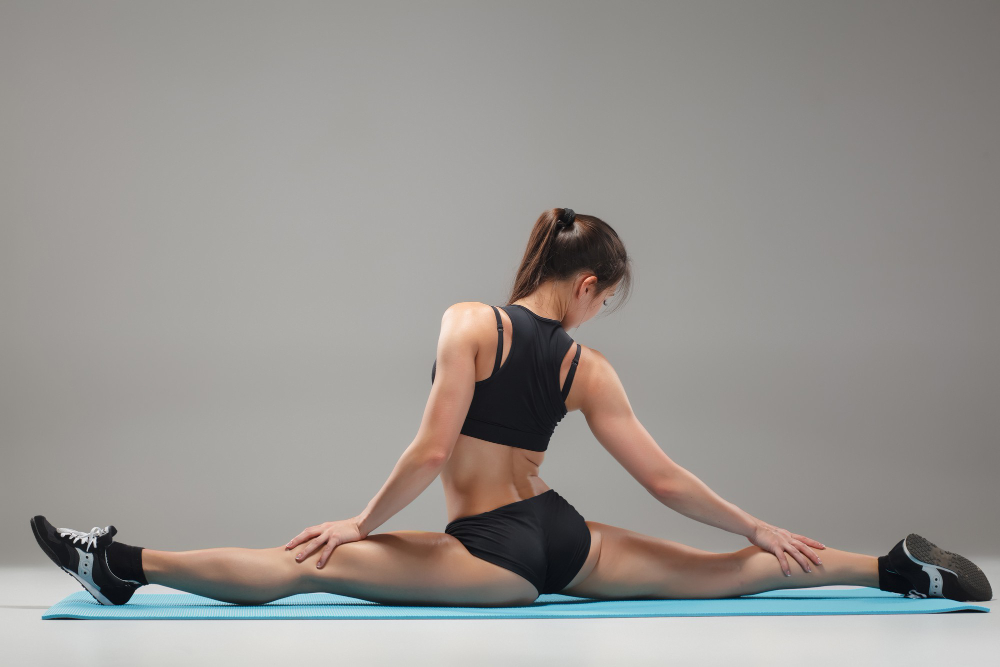The Influence of Pelvic Position on Lower Extremity Stretching

Stretching is an essential component of physical therapy that is helpful in improving flexibility, reducing muscle tension, and preventing injuries. However, not all stretching techniques are created equal, and a crucial aspect to consider is the position of the pelvis during stretching. The position of the pelvis plays a significant role in the effectiveness of lower extremity stretching. This blog post explores the influence of pelvic position on lower extremity stretching and how it can enhance your stretching routine.
1. Understanding Pelvic Position
The pelvis is the foundation of the body that connects the upper and lower extremities. Pelvic position refers to the alignment of the pelvis relative to the rest of the body. Anatomically, the pelvis has two positions, the anterior and posterior pelvic tilt. In the anterior pelvic tilt, the pelvis tilts forward, causing an overextension of the lower back, whereas the posterior pelvic tilt occurs when the pelvis tilts backward, leading to a rounding of the lower back.
2. The Influence of Pelvic Position on Lower Extremity Stretching
The position of the pelvis has a significant impact on the stretching of the lower extremities. For instance, in a forward bend, an anterior pelvic tilt stretches the hamstrings, while a posterior pelvic tilt targets the lower back. On the other hand, a quadriceps stretch should be done on a neutral pelvic position, increasing the efficacy of the stretch.
3. Muscle Imbalances
Muscle imbalances occur when a muscle or group of muscles is stronger, tighter, or more developed than its opposing muscles. Muscle imbalances can lead to poor posture, back pain, and injuries. The pelvic position is essential in correcting muscle imbalances. Proper pelvic position alignment can improve muscle imbalances, which can help improve flexibility and decrease muscle tension.
4. Core Strengthening
The core muscles in the body play an essential role in stabilizing and supporting the pelvis. With a stable pelvis, there is less strain placed on the lower extremities, which, in turn, enhances the effectiveness of lower extremity stretching. Core strengthening routines can be used to improve pelvic position, which is vital in correcting muscle imbalances.
5. Importance of Seeking Expert Advice
While stretching might seem like a simple activity, it is essential to take into consideration the position of the pelvis to maximize its benefits. Seeking the advice of a physical therapist is essential in determining the appropriate pelvic position for lower extremity stretching. Physical therapists have the knowledge and expertise to develop a personalized stretching program that targets specific areas of the body, depending on individual needs.
Conclusion
In conclusion, pelvic position plays a vital role in lower extremity stretching. Understanding the different positions of the pelvis and their influence on stretching can enhance the efficacy of stretching routines. A physical therapist can help in developing personalized stretching programs that target specific areas of the body, depending on individual needs, and correct muscle imbalances. At B Physical Therapy in Winter Park, FL, we provide expert physical therapy services, including personalized stretching programs, to help our clients achieve overall wellness and recover from injuries. If you're seeking for a Physical therapist in Winter Park, FL, contact us today to schedule an appointment and learn more about our services.